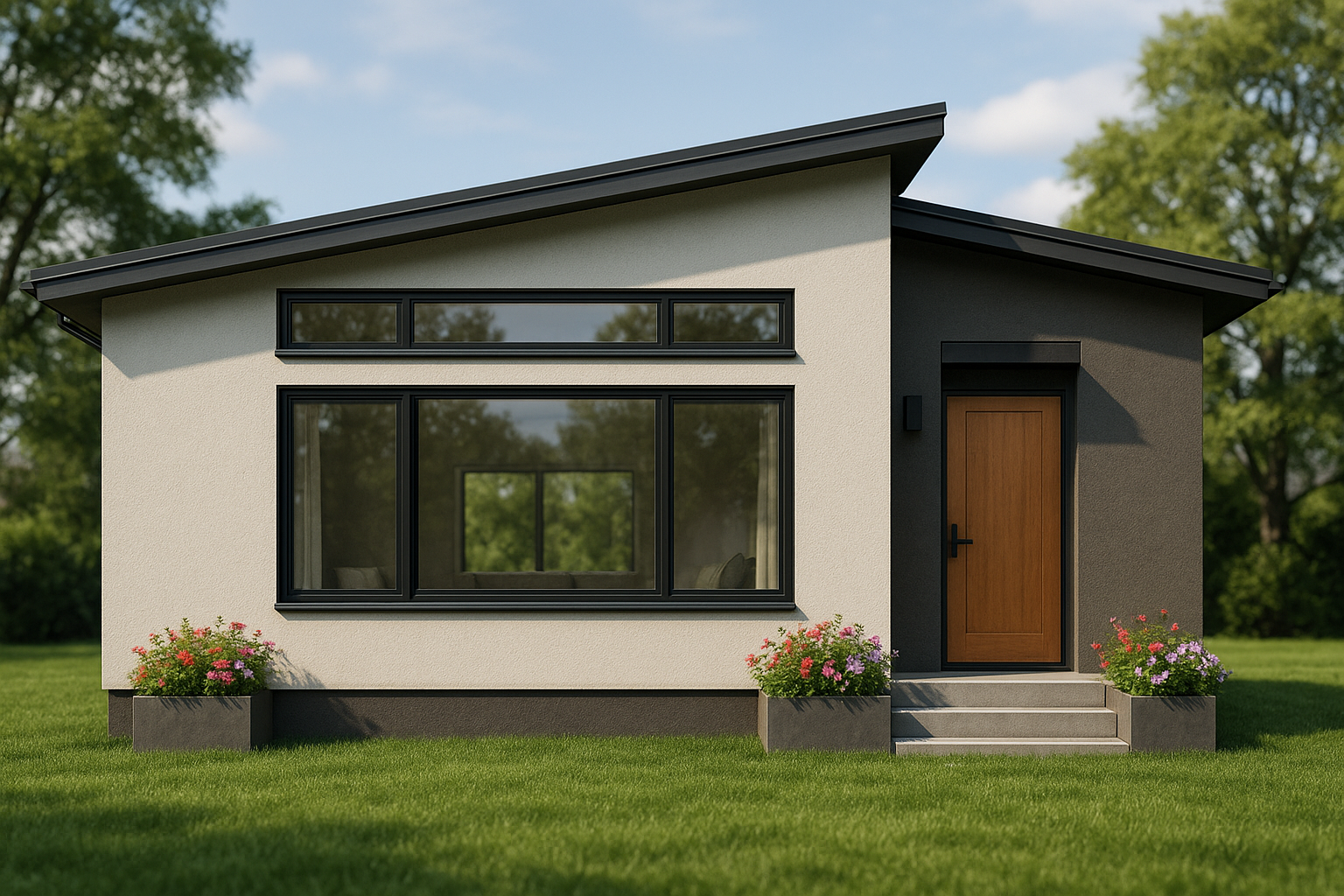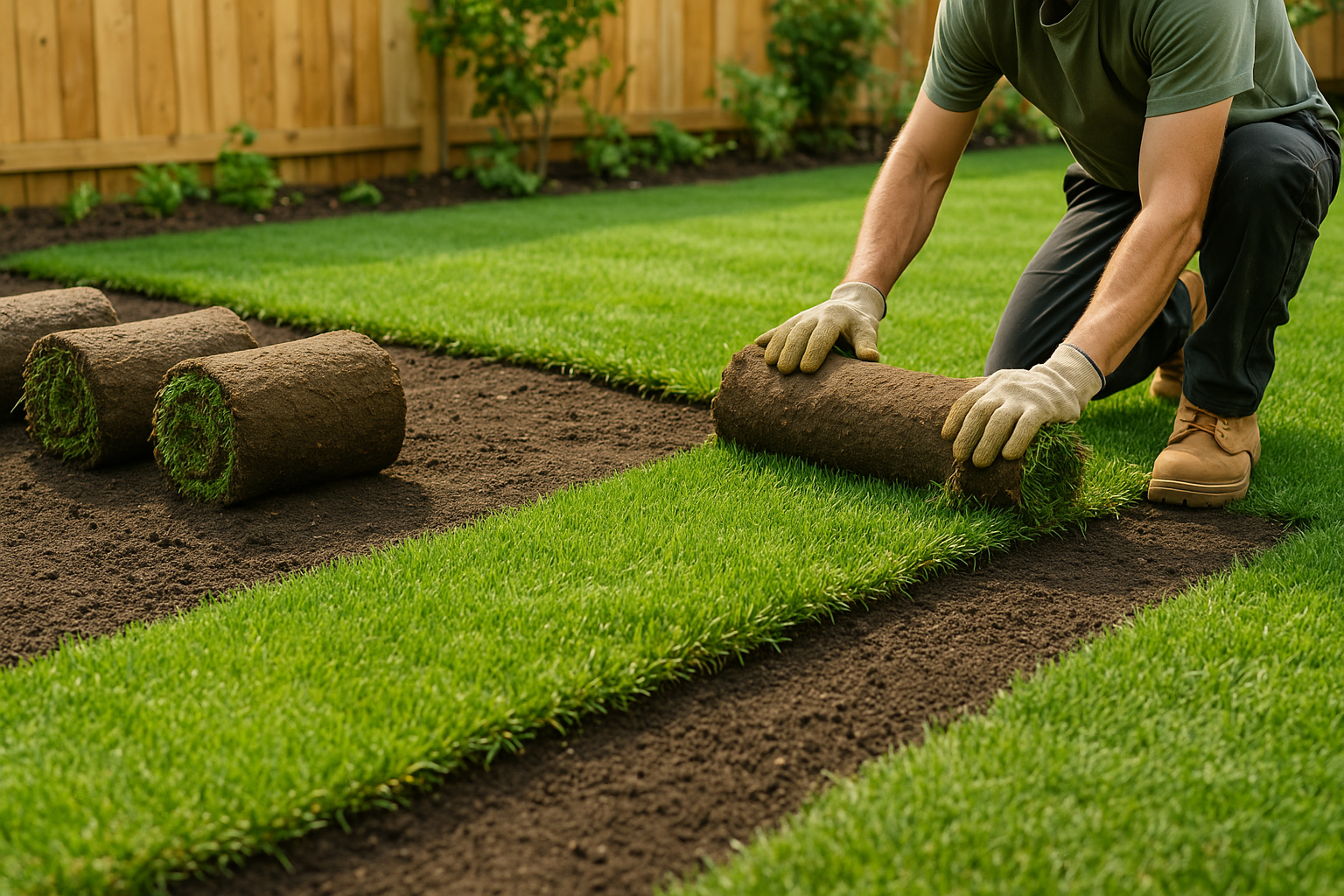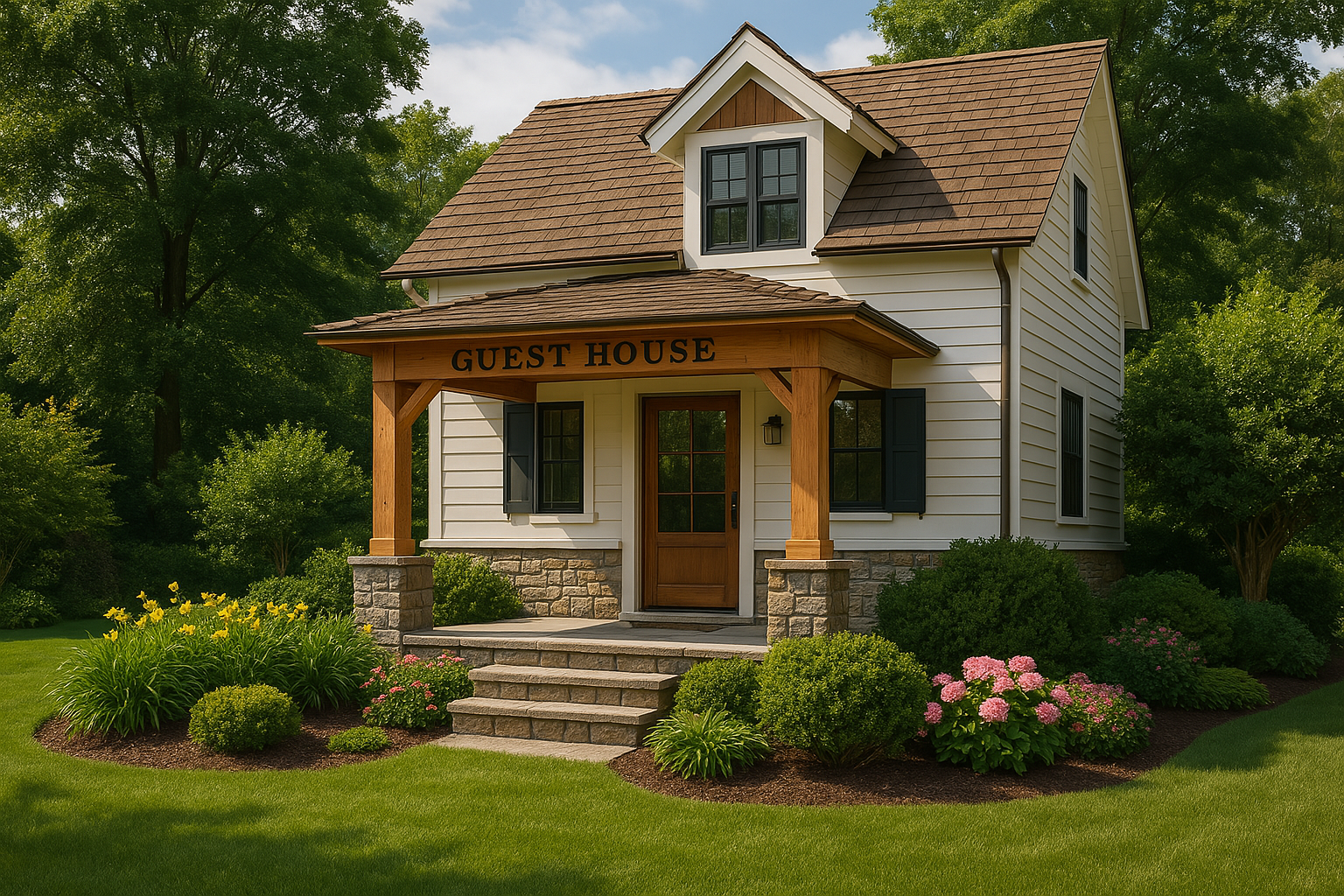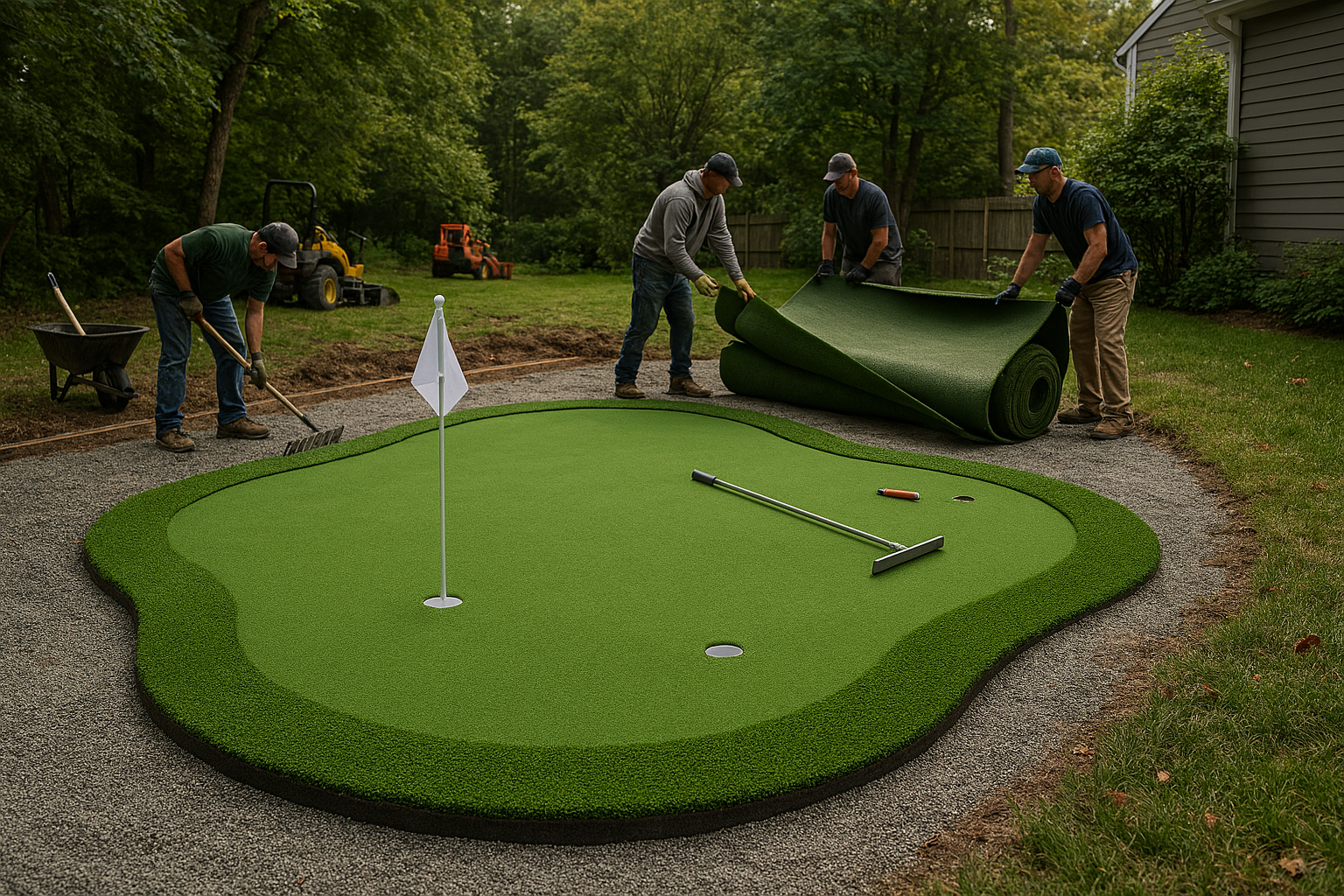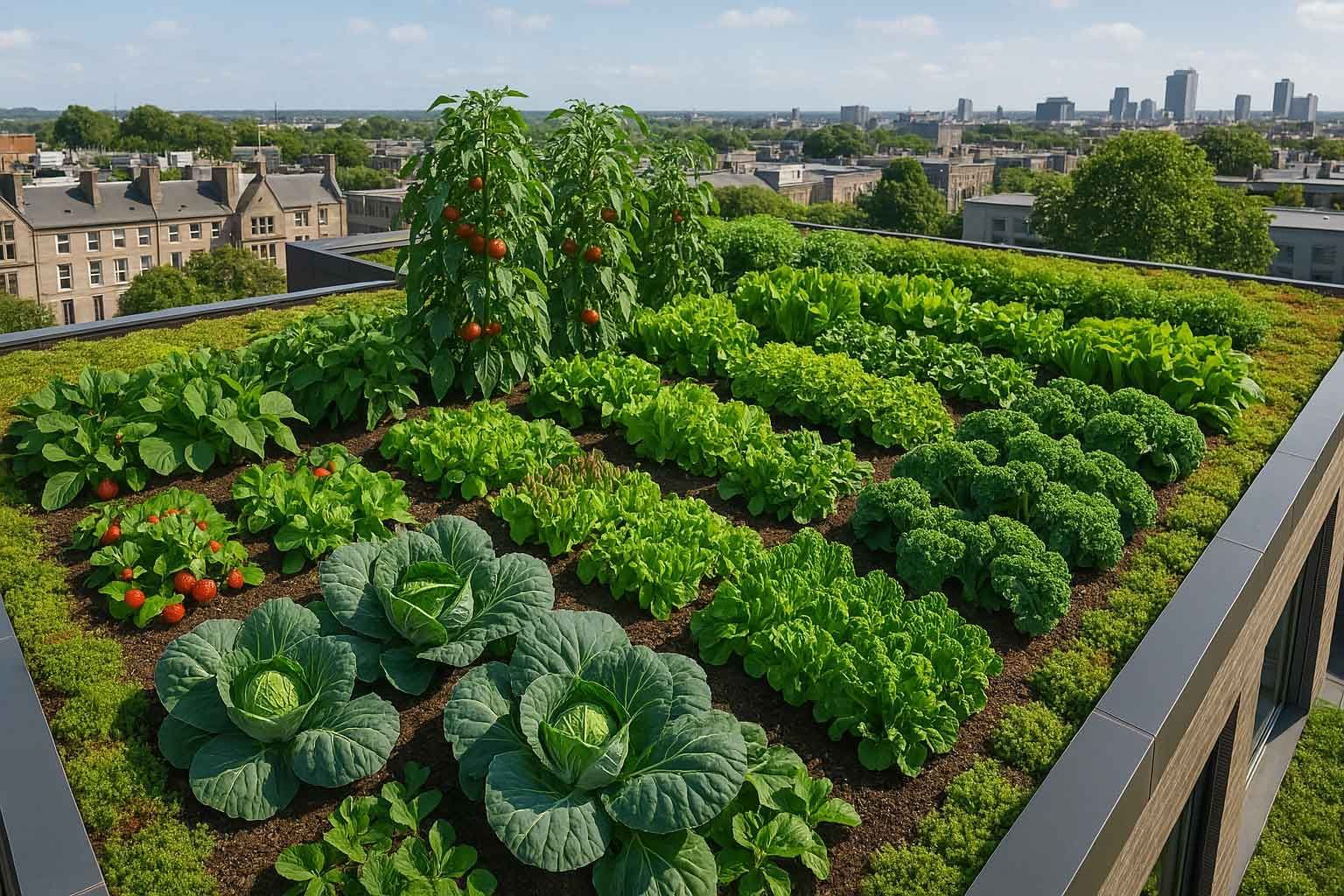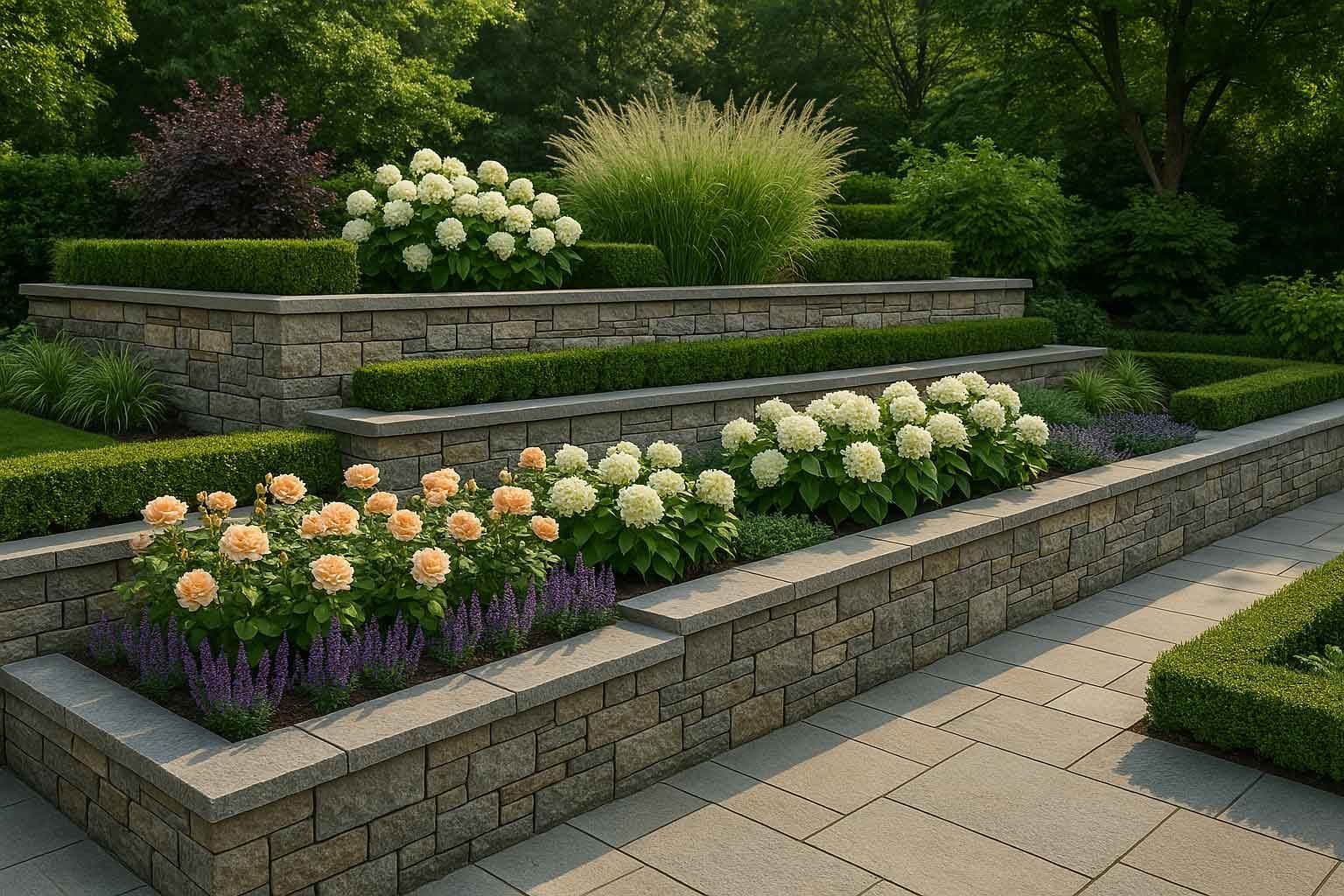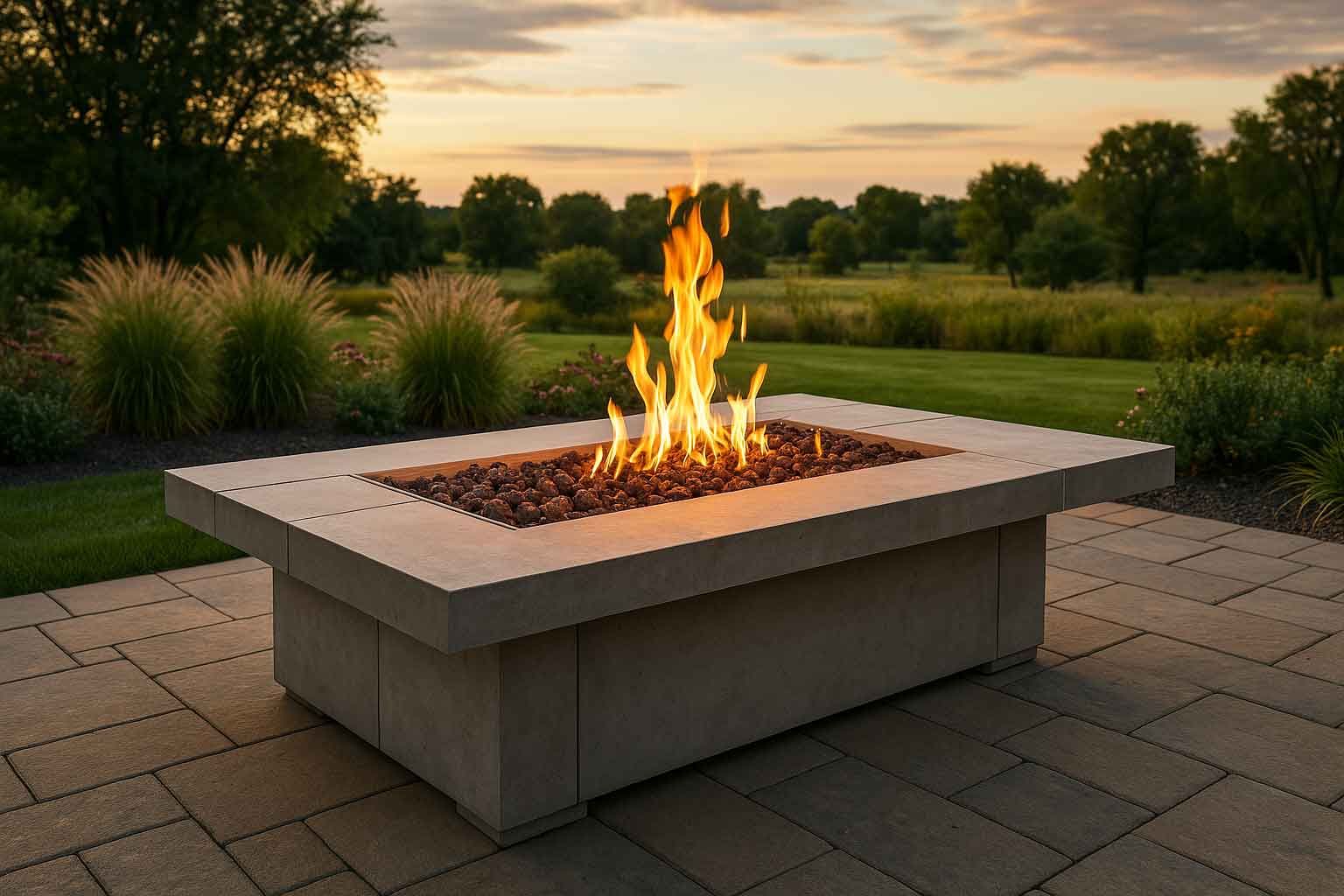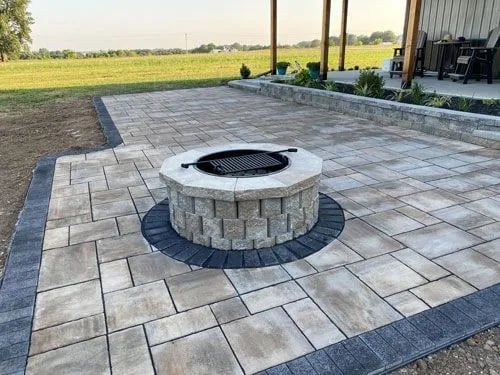Unravel the Mysteries of Retaining Walls and Paver Patios: A Complete Guide
Retaining walls and paver patios, two of the most popular landscaping materials, may completely transform the look of your outdoor living space. These landscaping elements may give significant benefits ranging from boosting property beauty to raising home value to just creating a pleasant outside environment, whether it's to manage steep slopes, control water drainage, or develop outdoor gathering spaces.
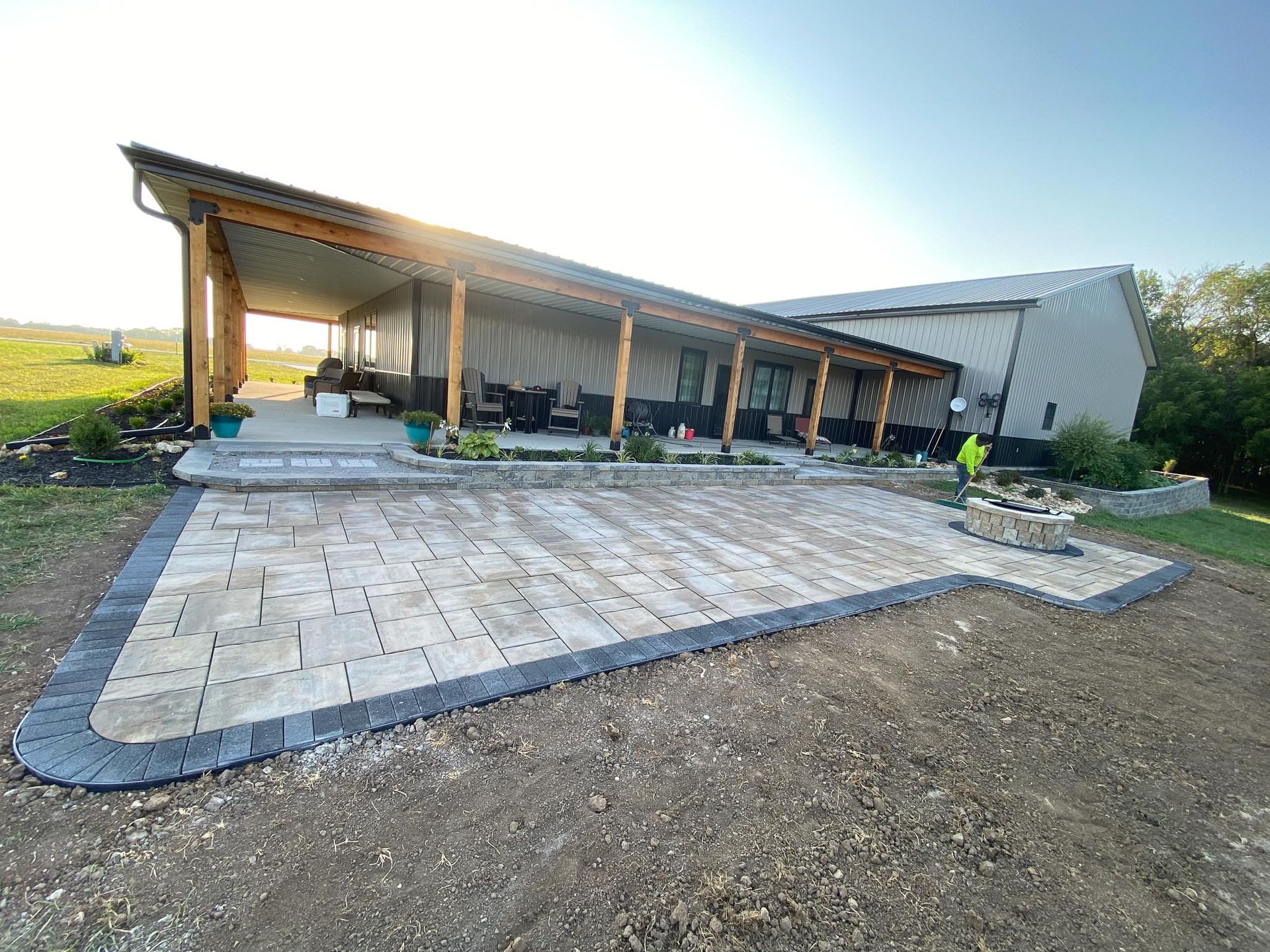
This tutorial goes into the complexities of retaining walls and paver patios, covering topics such as kinds, materials, design alternatives, installation procedures, and maintenance needs. It's the perfect resource for anybody considering a DIY project or hiring a professional.
The Retaining Walls Paradox
A retaining wall is a mysterious building used to keep soil or rocks in sloping slopes. These walls' goal is to give support and stability, to prevent soil erosion, to protect property from landslides, and to preserve the landscape's integrity. Concrete, stone, wood, and interlocking blocks are just a few of the materials that may be used to build retaining walls.
The Retaining Wall Types Dilemma
There are various types of retaining walls in the globe, including gravity, cantilever, anchored, and counterfort. Each style has its own set of characteristics, advantages, and disadvantages, which are determined by elements like as the slope of the ground, the height of the wall, and the materials utilized.
Gravity Retaining Walls: The Most Basic and Common Type
Gravity retaining walls are the most basic type and are composed of heavy materials like concrete or stone. They are suited for slopes up to 4 feet high and are mostly used for low-height retaining walls since they rely only on their weight to hold the soil in place.
Cantilever Retaining Walls: Stem and Base Slab Strength
Cantilever retaining walls are made of concrete or masonry and have a stem and a base slab. They are able to withstand soil stresses due to the strength of the stem and the weight of the base slab. They may be utilized on slopes up to 8 feet high and are frequently used for larger retaining walls.
Anchored Retaining Walls: Additional Stability Anchors
Anchored retaining walls are similar to cantilever retaining walls, but they have the extra stability of anchors. The buried anchors distribute the weight of the earth to both the anchors and the retaining wall. They may be utilized on slopes up to 12 feet high and are frequently employed for the highest retaining walls.
Counterfort Retaining Walls: The Vertical Beam Assists
Counterfort retaining walls are similar to cantilever retaining walls, but they enhance stability by using a sequence of vertical beams called counterforts. The counterforts distribute soil weight to the retaining wall and the ground, providing additional stability. They may be utilized for slopes up to 16 feet high and are frequently employed for the highest retaining walls.
Paver Patio Mysteries
Paver patios are outdoor living spaces with a level, sturdy surface that is ideal for outdoor entertainment and leisure. Pavers are interlocking concrete or stone tiles that are put on a bed of sand or gravel and may be built in a variety of shapes, sizes, and designs to complement the appearance and feel of the outdoor area.
Paver Patio Types: A Catch-22
Paver patios are available in a variety of styles, including cobblestone, flagstone, brick, and interlocking pavers, each with its own set of benefits and design choices.
Rustic Cobblestone Paver Patios
Cobblestone pavers, among other things, may improve the utility and visual appeal of your outdoor space. Whether you choose a conventional, natural, classic, or futuristic style for your retaining wall and paver patio, you'll discover the ideal design possibilities here.
The Installation of Retaining Walls and Paver Patios
The method for installing retaining walls and paver patios differs based on the kind and material used. The installation technique for a gravity retaining wall, for example, may differ from that of a cantilever retaining wall. A cobblestone paver patio's installation technique may differ from that of an interlocking paver patio.
The installation procedure for retaining walls and paver patios normally includes the following phases, regardless of the kind and material used:
Preparing the site include removing existing vegetation, leveling the space, and laying a solid foundation for the retaining wall or paver patio.
Laying the foundation, placing the retaining wall blocks or materials, and filling any gaps with concrete are all part of the retaining wall installation.
Placing a sand or gravel substrate, laying the pavers, and filling any gaps with sand or jointing material comprise the installation of the paver patio.
Finishing touches include the inclusion of any extra features such as built-in seats, fire pits, water features, and so on.
Retaining Walls and Paver Patios Requirements for Maintenance
The upkeep needs for retaining walls and paver patios may vary depending on the kind and material used. However, there are certain routine maintenance activities that will maintain your retaining wall and paver patio in good shape. These are some examples:
Clearing debris: Clearing debris from your retaining wall and paver patio on a regular basis can assist avoid damage and preserve their attractiveness.
Inspecting the retaining wall: Conducting regular inspections of your retaining wall will allow you to spot any faults and remedy them before they become big difficulties.
Cleaning the pavers: Cleaning your pavers on a regular basis can assist to preserve their beauty and avoid stains.
Sealing the pavers will assist to prevent them from harm and increase their lifespan.
Finally, retaining walls and paver patios are two of the most popular landscaping components that may dramatically improve the look of your outdoor living space. Whether you want to improve the exterior appeal of your house, boost the value of your home, or simply enjoy your outside area, these landscaping elements may help. You now have all of the knowledge you need to make an informed decision on retaining walls and paver patios, including their kinds, materials, design possibilities, installation methods, and maintenance requirements, thanks to our complete guide.


